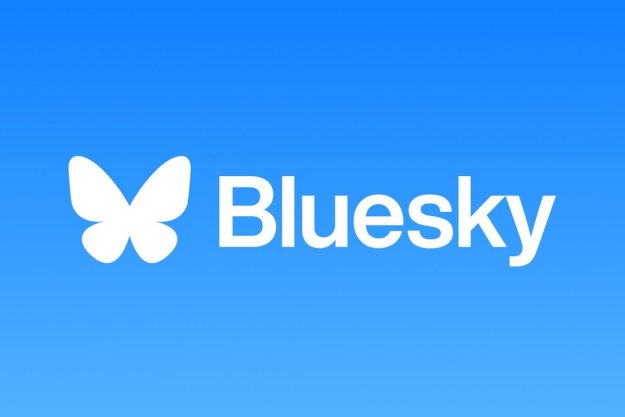Snapchat still opens up right to the camera, making it fast to take a quick snapshot, and the program still relies on swiping to navigate through different options. With the redesign, however, swiping from the left opens up options for chats and Stories from your personal friends. A swipe from the right, on the other hand, contains the public Snapchat accounts. On this menu, the public accounts you follow are listed first and foremost, while the remainder is designed to help you find new content.
Despite the split, both sides will use artificial intelligence to tailor the experience to each individual user. For the friends’ menu, Snapchat is using a “best friends” algorithm to create a dynamic Friends page — programming that figures out who you like to talk to most and when you like to talk to them. The idea for the Friends page is to put the friends you interact with most at the top of the menu to avoid digging through a long list to find the right person.
On the publisher side (right swipe), Stories from public profiles are also tailored to each user based on algorithms, with Stories you choose to follow at the top, followed by the algorithms personalized suggestions. Snapchat says the Discover Stories that are promoted are reviewed by a human first, mixing machine learning and actual people. Since the algorithms learn over time, Snapchat says both the friends and discover algorithms might not be great at the start but over time will learn each user’s preferences and habits.
Snapchat said that by splitting the social from the media and using both algorithms and human reviewers, the platform becomes a new type of social media that avoids some of the issues plaguing the largest networks such as fake news.
“Until now, social media has always mixed photos and videos from your friends with content from publishers and creators,” the official Snapchat post reads. “While blurring the lines between professional content creators and your friends has been an interesting internet experiment, it has also produced some strange side effects (like fake news) and made us feel like we have to perform for our friends rather than just express ourselves.”
Splitting friends from public accounts is an interesting move and one that’s designed to bring more users to the app after less-than-stellar financial results after going public earlier this year. The update could help simplify the process of figuring out how to use Snapchat for new users, while the human review process could help avoid some of the problems social networks have faced this year from fake news to inadvertently allowing racist ads.
At the same time, publishers using the platform could see fewer views now that their content isn’t mixed — Facebook started testing a split news feed last month in six different countries, resulting in a big drop in reach for Pages. Snapchat is a very different network, however, and only time will tell if the split proves helpful for the platform — or if other networks imitate the feature much like the now wide-spread adopting of variations on Stories. Snapchat also didn’t mention where advertising fits into the redesign and whether ads will be in both sections or only the public section.
The updated Snapchat began rolling out Wednesday, November 29.
Editors' Recommendations
- ChatGPT is coming to Snapchat to be your new AI BFF
- Snapchat has a new Shared Stories feature. Here’s how to use it
- Watch your toes. Snapchat’s new lens turns the ground into hot lava



